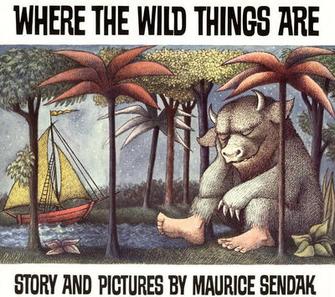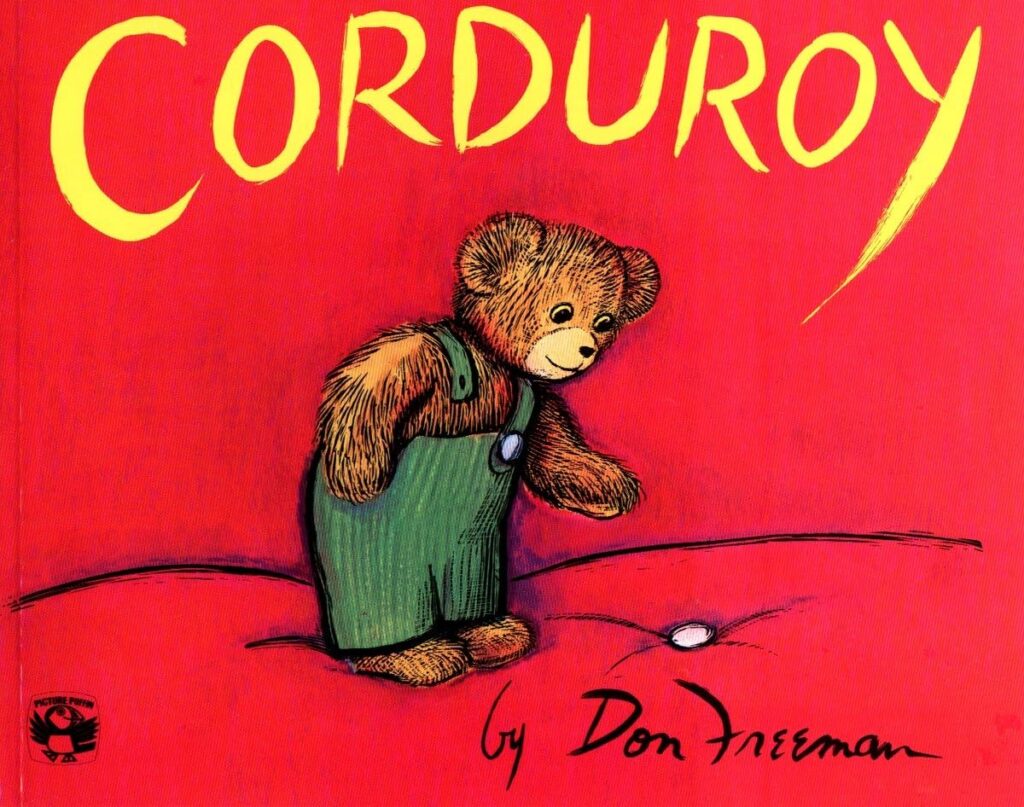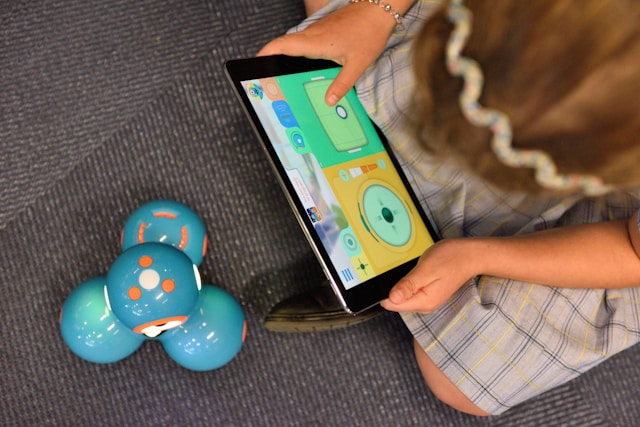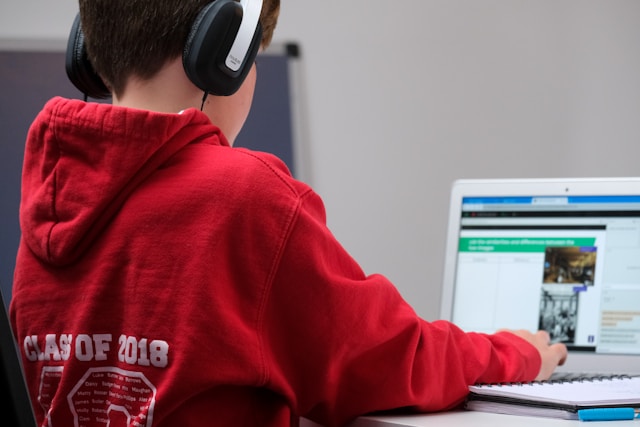
Kindergarten is a pivotal stage for children, where the right books can spark their imaginations and lay the groundwork for lifelong learning. Choosing good books for kindergarten is about finding age-appropriate storybooks for 5-year-olds that not only entertain but also teach valuable lessons. From classic children’s books for beginners to fun and engaging books for kids, the right stories can shape emotional and cognitive development.
Books serve as some of the best picture books for young readers, offering an enriching alternative to screens while supporting early literacy development. Below, we explore some of the most popular storybooks for kids, along with why they make excellent early childhood reading materials.
At this age, reading is more than an activity—it’s a cornerstone of learning and personal growth. Educational books for preschoolers introduce foundational skills like language, critical thinking, and empathy. These books also double as kindergarten learning resources, providing an engaging way for children to explore the world around them.
In contrast to passive screen time, books demand interaction. Children follow narratives, engage with colorful illustrations, and often repeat phrases or patterns. This active participation develops focus and builds connections between what they see and hear, creating pathways for future reading skills.
This classic storybook invites young readers to explore themes of imagination and self-discovery. Max, the mischievous protagonist, journeys to a fantastical island where he learns the importance of home and love. It’s a must-have for beginner-level reading books.

A favorite among age-appropriate storybooks for 5-year-olds, this tale uses vivid illustrations and simple text to follow a caterpillar’s transformation into a butterfly. It’s perfect for introducing kids to nature and the concept of growth.
One of the best bedtime stories for young children, this gentle story uses a soothing rhythm to say goodnight to the objects in a child’s room. Its repetitive text and calming illustrations make it ideal for reading activities for kindergarteners.
This humorous tale showcases the cause-and-effect sequence as a small request leads to larger ones. It’s a great example of interactive books for kindergarten classrooms that teach kids about consequences in a lighthearted way.
This book uses humor and relatable school scenarios to teach children about rules and behavior. As part of kindergarten learning resources, it helps prepare young readers for their own classroom experiences.
This playful story about the alphabet is both educational and engaging. It’s one of the top-rated books for toddlers transitioning to kindergarten, with its rhythmic text making the ABCs fun to learn.
Corduroy’s journey to find his missing button is a heartwarming tale of persistence and friendship. This classic is ideal for beginner-level reading books that emphasize emotional intelligence.

As one of the most fun and engaging books for kids, this repetitive, colorful story helps young readers identify colors and animals while boosting their confidence in reading aloud.
This interactive lift-the-flap book encourages curiosity and engagement. Perfect for kindergarten classrooms, it introduces children to animals in an imaginative way, fostering critical thinking and vocabulary growth.
This touching story of unconditional love reassures children through whimsical “what if” scenarios. It’s a great bedtime story and one of the best picture books for young readers who crave connection and comfort.
The best books for early literacy development share a few common traits. They use simple language, vivid illustrations, and engaging themes that resonate with young minds. Whether it’s classic children’s books for beginners or educational books for preschoolers, these stories captivate while teaching.
Interactive elements, such as flaps or rhythmic text, are also essential. They transform reading into an active experience, helping children stay engaged and improving their comprehension. Additionally, books tailored to this age group often include relatable scenarios, making them both fun and meaningful.

Reading is one of the most valuable tools for early childhood development. The titles listed here are more than just good books for kindergarten—they are powerful alternatives to excessive gadget use. While screens can offer convenience, books provide unmatched benefits for emotional and intellectual growth. They encourage creativity, develop focus, and strengthen the bond between children and caregivers.
Let these books inspire your child’s imagination and build a foundation for a lifelong love of reading. Replace some screen time with quality story time, and watch as your child thrives in ways no app can replicate.


